Care to hazard a guess as to the rising stars of social media in this digitally-obsessed age of ours? No, it's not the cosmetically-enhanced wannabes whose pouting images are plastered all over Instagram or the YouTubers with their Colgate-white smiles and cheesy salesmen's patter. Instead – and how wonderful is this? – it's house plants. The internet is full to bursting with images of them dangling elegantly from vintage coat-racks or once-again-fashionable macramé pot-hangers, or handsomely displayed on wooden stepladders, antique plant stands and étagères' (a fancy name for open shelves).
Examples include the wonderfully-titled Monstera deliciosa, or Swiss cheese plant, a 1970s' classic reborn with its glossy, heart-shaped, deeply-cut leaves and curling aerial roots that give a clue as to its origins in the tropical rainforests of south America. There, it happily grows beneath the dense, leafy canopy of forest trees, using those same long, dangling aerial roots to help anchor itself to the ground as it clambers up their mossy branches in search of light. As a house plant, however, it's known for its giant, architectural foliage as well as its ability to endure less than ideal light conditions and a certain degree of benevolent neglect.
The grim reaper of countless house plants the world over is overwatering, leading to waterlogging. So only water when the compost feels very nearly but not quite dry to the touch
Other classic house plants making a 21st-century comeback include the Boston fern (best in a moderate to warm room, out of direct sun, keep well-watered); the cast-iron plant (Aspidistra elatior, so called because of its flinty ability to survive low light, cold draughts and fluctuating temperatures); the almost indestructible spider plant (Chlorophtum comosum 'Vitattum'); the spikily architectural 'mother-in-law's tongue' (Sansevieria trifasciata 'Laurentii', which is pretty much unkillable as long as you water it only very sparingly); the sweetheart plant (Philodendron, a large genus of tropical vines tolerant of both low light conditions and coolish temperatures); the Kentia palm (Howea forsteriana, a great choice for low light conditions, but don't let the compost dry out) and succulents and cacti (perfect for a bright sunny windowsill).
Also enormously popular are air plants (Tillandsia), the hipsters of the house plant world. Requiring no compost, these hugely decorative epiphytes will happily grow on anything that offers them support while using their aerial roots to absorb water from the atmosphere. Their strange ability to survive for weeks on little more than thin air makes these small, spiky, endearingly sculptural plants a particular favourite of the Instagram/Pinterest generation, whose feeds are filled with images of airplants displayed in countless weird and wonderful ways: stuffed inside the hollowed-out shells of sea urchins, enclosed in glass terrariums or 'aeriums', wired onto rocks, fixed within picture frames, or stuck onto pretty pieces of driftwood. Which is not to say these plants are indestructible; they need a reasonably bright but indirect light – a bright bathroom is perfect – and should be either misted or briefly soaked in water at least every one-two weeks to keep them happy (do this in the morning).
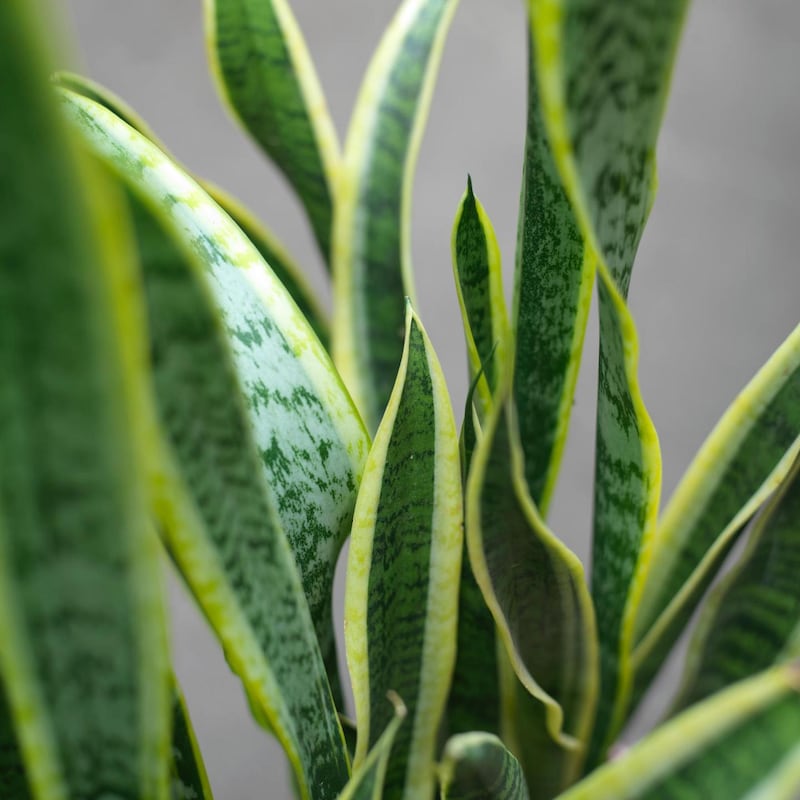
Another house plant achieving modern superstardom is the ZZ plant, so-called because this handsome, drought-tolerant tropical perennial's Latin name, Zamioculcas zamiifolia, is just one gigantic mouthful too much. Prayer plants (also known as the Maranta group, this includes the marantas, calatheas, stromanthes and ctenanthes, many of them with nattily striped leaves) are also popular, but need a warm, humid, draught-free room and a spot out of direct sunlight (for example, a bathroom where the window isn't regularly thrown open).
Other new leafy superstars of the internet include the plant known as 'string of pearls' or 'string of beads' (Senecio rowleyanus, an intriguingly decorative, drought-tolerant succulent with long, trailing stems covered in plump, pea-shaped leaves – perfect for a high shelf or hanging basket); the rosary vine (Ceropegia linearis ssp. woodii, another beautiful trailing plant with heart shaped, mottled leaves); and the Chinese money plant (Pilea peperomioides, a compact, easy-to-grow plant with disc-shaped, succulent leaves that likes a free-draining compost in a warm, bright-ish, humid room but hates to be overwatered).
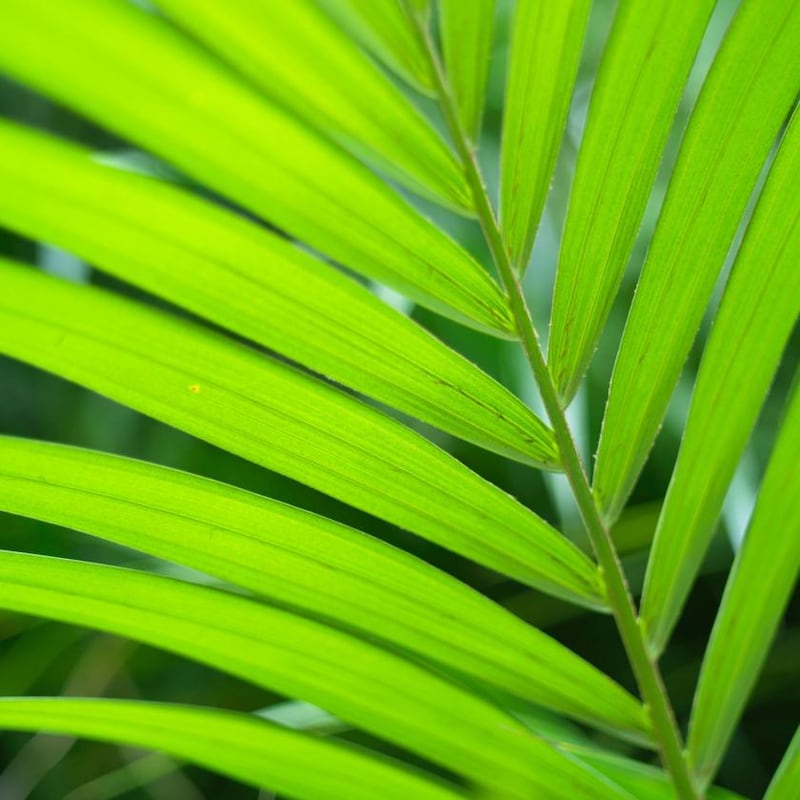
Delightful as every one of these are, they represent only a tiny fraction of the vast range and variety of house plants available, which hail from almost every corner of the planet and a correspondingly wide range of habitats in the wild. Which brings me to a list of the common pitfalls, almost all of which relate to just three key factors: water, temperature and light. The classic mistake – the grim reaper of countless house plants the world over – is overwatering, leading to waterlogging, especially in autumn/ winter when the plants aren’t in active growth and require only an occasional drink. So only water – but do water generously – when the compost feels very nearly but not quite dry to the touch, be very wary of pots without drainage holes and don’t let your house plants sit in a cold puddle of water.
As regards temperature, most house plants do best in a steady temperature of 18-24ºC , in a spot that’s well away from chilly draughts as well as broiling radiators or heating vents. As regards light levels, choose somewhere moderate to bright but not in direct intense summer sunlight and not in deep shade.
Yes, there are exceptions (see examples earlier) but the vast majority of house plants will thrive if you follow these general rules of thumb. It’s also important to regularly feed your house plants when they’re in active growth during the spring and summer months and to repot them once they’ve outgrown their containers, using a suitable compost.
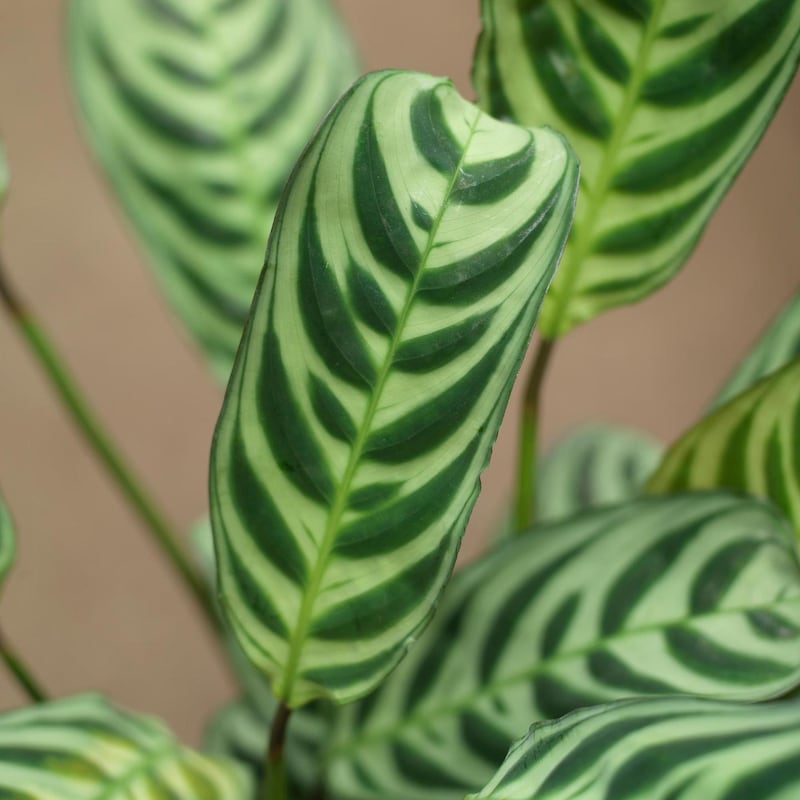
Keep a watchful eye out for pests and diseases too, most of which can be nipped in the bud by providing the right growing conditions, regularly removing dead or decaying leaves, and occasionally washing/ wiping down the leaves. Yellow sticky traps, available from good garden centres and online suppliers including Cork-based fruithillfarm.com are another organically-acceptable and effective method of pest control.
Finally, don’t forget to spread the love. Most house plants can be easily propagated in spring by taking tip cuttings (placed in a glass of clean water, these will quickly produce new roots) or by division, layering or simply potting on their baby plantlets or offsets. Before you know it, you’ll have a host of leafy sproglets to share with friends and family.
Where to buy house plants in Ireland? Good garden centres such as Johnstown Garden Centre (johnstowngardencentre.ie), Ikea (ikea.com/ie) and specialist house plant shops such as Dublin's Urban Plant Life at 110-111 Cork Street, Dublin 8 (plantlife.ie), and Outerspaces, garden designer Diarmuid Gavin's new collaboration with Dunnes Stores at 49 South Great George's Street, Dublin 2, which stocks a wide range, including many of the plants mentioned above. With Christmas barely a month away, remember that house plants and terrariums also make an excellent gift.
Where to find some of the best house plant eye candy plus great growing tips online? Check out the Instagram feeds of @houseplantgal, @houseplantjournal, @plantsandcollecting, @goodandplantiful, @houseplantclub, @hiltoncarter, @jamiesjungle and @urbanjungleblog (plus the accompanying book, Urban Jungle , written by founders Igor Josifovic and Judith de Graaf, and published by Callwey). Other excellent websites, blogs and podcasts on all things house-plant-ish include the website of UK garden writer and house plant obsessive Jane Perrone (janeperrone.com), the website of the brilliant Oregon-based specialist plant shop, Pistils Nursery (pistil.com) and gardenista.com.
Finally, don't forget that a house plant is only as good as its pot. Suppliers of ruggedly handsome containers include Dublin-based Ail+El (ailandel.com) and article.ie (based in Dublin's Powerscourt Townhouse Centre).
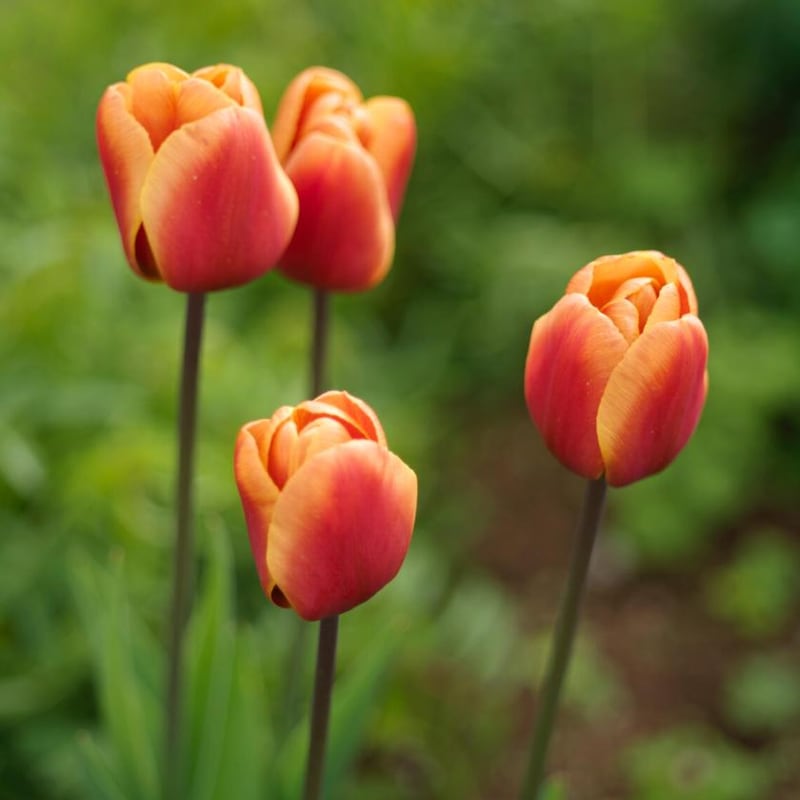
This Week in the Garden
Continue to collect and bag fallen leaves. Stored somewhere cool and shady, these will slowly break down into crumbly leaf mould, making an excellent soil conditioner or an addition to a potting mix. Alternatively, add them to the compost heap where they’ll provide a welcome addition of carbon-rich material to help balance out nitrogen-rich garden waste.
As long as soil conditions aren’t too wet and sticky underfoot as a result of recent rain, finish planting spring-flowering bulbs. Now is also an excellent time to buy discounted bulbs as suppliers cut prices to clear remaining stock, but avoid buying any showing obvious signs of damage, discolouring or poor storage that has caused them to dry out.
November is an excellent time to plant a deciduous hedge, with young bare-root plants and root-ball plants available to buy at a much more affordable price than their container-grown equivalents. Examples of deciduous hedges include hornbeam, beech, blackthorn, hawthorn, fuchsia, field maple, berberis, and Rosa rugosa. Whichever species (or mix of species) you choose, ensure that it’s suitable for your garden’s growing conditions. It’s also important to take its eventual height and size into careful consideration as well as its speed of growth.
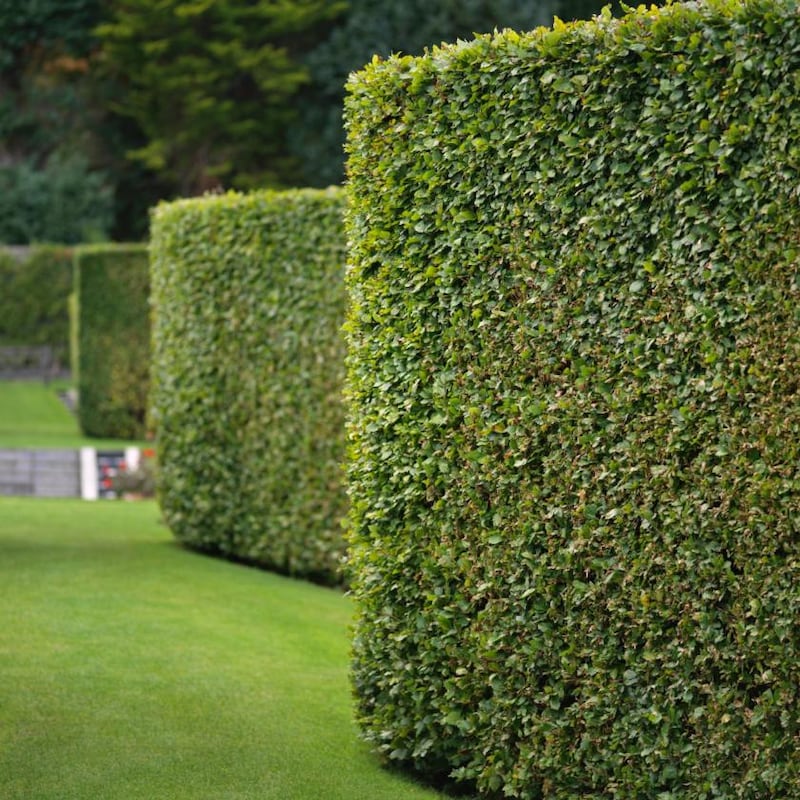
Dates for your diary
Tuesday November 27th, Foxrock Parish Pastoral Centre, Kill Lane, Dublin 18 (8pm), 'The Education of a Gardener', an illustrated talk by Fionnuala Fallon on behalf of Foxrock & District Garden Club, admission €7, all welcome, see foxrockgardenclub.com.
Thursday, November 29th (8pm), The Artane Family Recreation Centre, Kilmore Road, Artane, Dublin 5, 'Winter Planters', a talk by Marie Staunton on behalf of Dublin 5 Horticultural Society, admission €5, all welcome.













